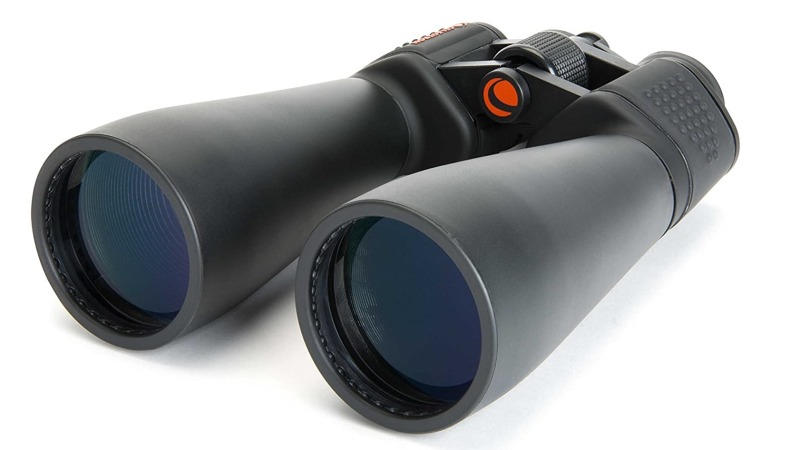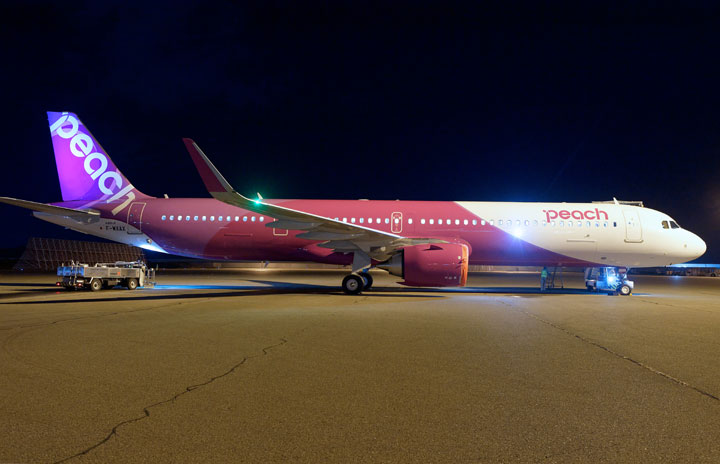
WASHINGTON — NASA is projecting spending nearly $1 billion on a tug to deorbit the International Space Station at the end of the decade to provide redundancy for safely disposing of the station.
NASA released additional details March 13 about its fiscal year 2024 budget proposal. An outline of the proposal, published by the White House March 9, requested $27.2 billion for the agencya 7.1% increase from 2023 that roughly keeps pace with inflation.
One of the biggest new initiatives in the budget is the ISS deorbit tug, which would be used to perform the final lowering of the station’s orbit to ensure it reenters over the South Pacific. NASA first indicated its plans for the tug in a request for information last Augustbut offered few specifics about the vehicle in the budget request.
The $180 million NASA is requesting for the tug “gives us a healthy start” for the project, said Kathy Lueders, NASA associate administrator for space operations, in a media teleconference about the budget.
While budget documents did not include a spending profile for the project, Lueders said the agency came up with a cost estimate “a little bit short of about $1 billion.” The exact amount, she said, will depend on what proposals the agency receives from industry from an upcoming request for proposals (RFP).
“Our goal is to go out with an RFP,” she said. “We’re hoping to get a better price than that.”
NASA has earlier planned to use cargo spacecraft, particularly Russia’s Progress, to deorbit the station. In its request for information last year, the agency said it concluded “additional spacecraft may provide more robust capabilities for deorbit” and decided to ask industry for its concepts.
“We’re always looking for redundancy,” Lueders said, with NASA continuing to work with Roscosmos on using Progress vehicles for deorbiting. “We are also developing this U.S. capability as a way to have redundancy and be able to better aid the targeting of the vehicle and the safe return of the vehicle, especially as we’re adding more modules.”
The tug was one of the few new projects in the budget request, which primarily continues previously announced science, exploration and technology efforts. The budget proposal also supports NASA’s role in the European Space Agency’s ExoMars mission, providing components like thrusters, radioactive heating units and launch services needed for ESA’s Rosalind Franklin rover after ESA terminated cooperation with Roscosmos a year ago.
The budget documents did not spell out funding for ExoMars, but Nicky Fox, NASA associate administrator for science, said the budget proposal includes $30 million in fiscal year 2024 for ExoMars. She added the agency is still working to determine the full cost of its contributions.

Artemis gap
The budget presentation included an updated schedule for the Artemis campaign of lunar exploration. That included a November 2024 date for Artemis 2, the first crewed Space Launch System/Orion mission, a date NASA officials gave in a March 7 briefing about the uncrewed Artemis 1 mission.
That schedule shows a December 2025 launch date for Artemis 3, which will include the first human lunar landing of Artemis using SpaceX’s Starship lunar lander and spacesuits being developed by Axiom Space. “We’re still pressing to make Artemis 3 in 2025 and proceed on from there,” Bob Cabana, NASA associate administrator, said at the briefing.
However, Artemis 4, previously projected for 2027, had slipped to September 2028 in the new manifest. That will also feature a lunar landing using Starship as well as use of the lunar Gateway. It will also be the first launch of the upgraded Block 1B version of SLS with additional payload capacity, which on that mission will be used to deliver the I-Hab habitation module to the Gateway.
NASA officials at the briefing did not discuss the Artemis 4 slip, but Cabana mentioned the complexity of the mission. “We’re doing our very best to keep it on schedule,” he said. “Yes, it slipped a little bit, but there’s a lot that has to come together for Artemis 4, between the enhanced upper stage, the Gateway, Gateway logistics, the second mobile launcher. All of that has to work.”

Jeff Foust writes about space policy, commercial space, and related topics for SpaceNews.He earned a Ph.D. in planetary sciences from the Massachusetts Institute of Technology and a bachelor’s degree with honors in geophysics and planetary science…More by Jeff Foust
Note: This article have been indexed to our site. We do not claim legitimacy, ownership or copyright of any of the content above. To see the article at original source Click Here













